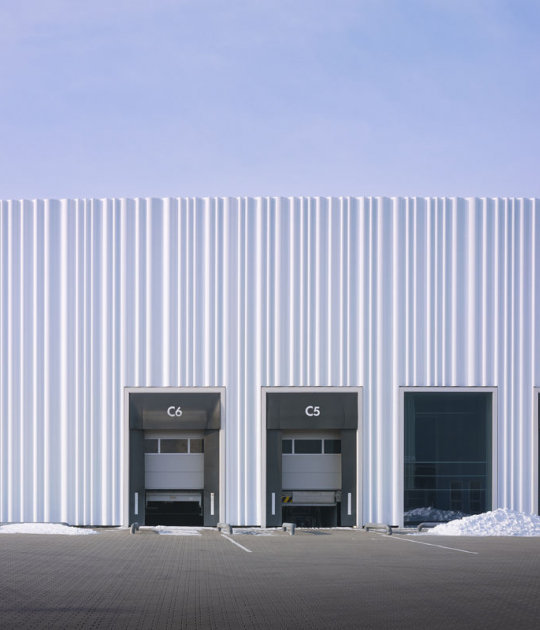The new building will host classrooms, studios, offices, two auditoriums, an operational area and various workshops, addressing Bezalel’s need for breaking the traditional separation of the academy’s eight departments and allowing for a more active social and cultural involvement in the city’s life.
The site of the new campus, located in the Russian Compound between the Holy Trinity Cathedral and the Museum of Underground Prisoners, was chosen by the government of Israel, the Jerusalem municipality, and the Bezalel Academy for its unique status as a multi-cultural meeting place, unrivaled in the world. The move will allow the Bezalel Academy of Arts and Design be part of a living, vibrant urban social texture while rejuvenating the downtown area by bringing young students and the spirit of art back to its streets.
The need for a central building arises from the multi-disciplinary perception of contemporary arts, with digital technology as essential ingredient in the design process. Sejima and Nishizawa, the recipients of the Pritzker prize in 2010, who will present their final plans on June 10th, 2013, in Jerusalem, proposed a design composed of an array of horizontal slabs, stacked above one another, along the area’s topography. On the exterior, the connected slabs form a terraced roof overlooking the city. Inside, the architects created a series of central, multi-level spaces where students and teachers can meet, study and display their work, reflecting Bezalel Academy’s interdisciplinary approach that bridges the school’s eight departments and encourages co-creation.





























